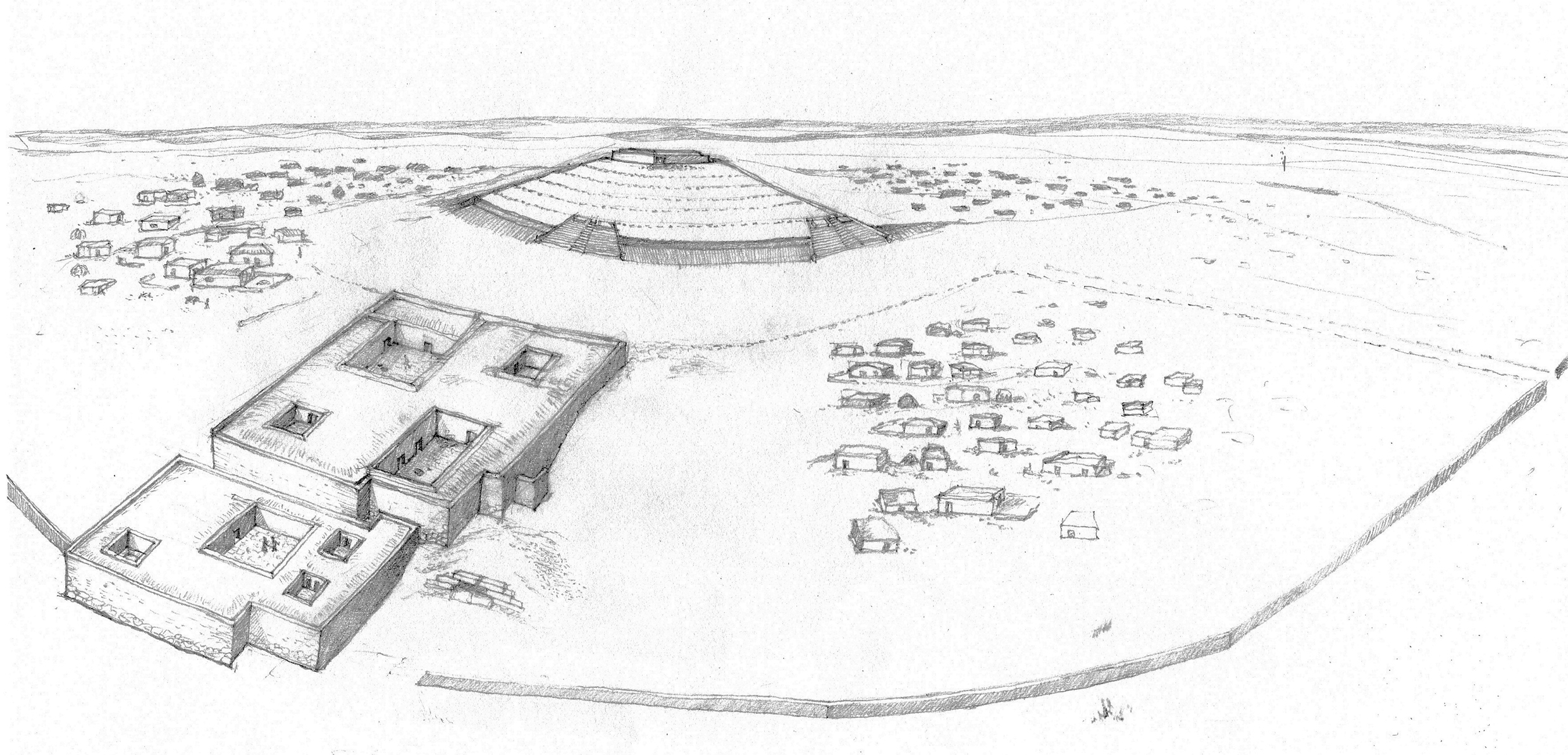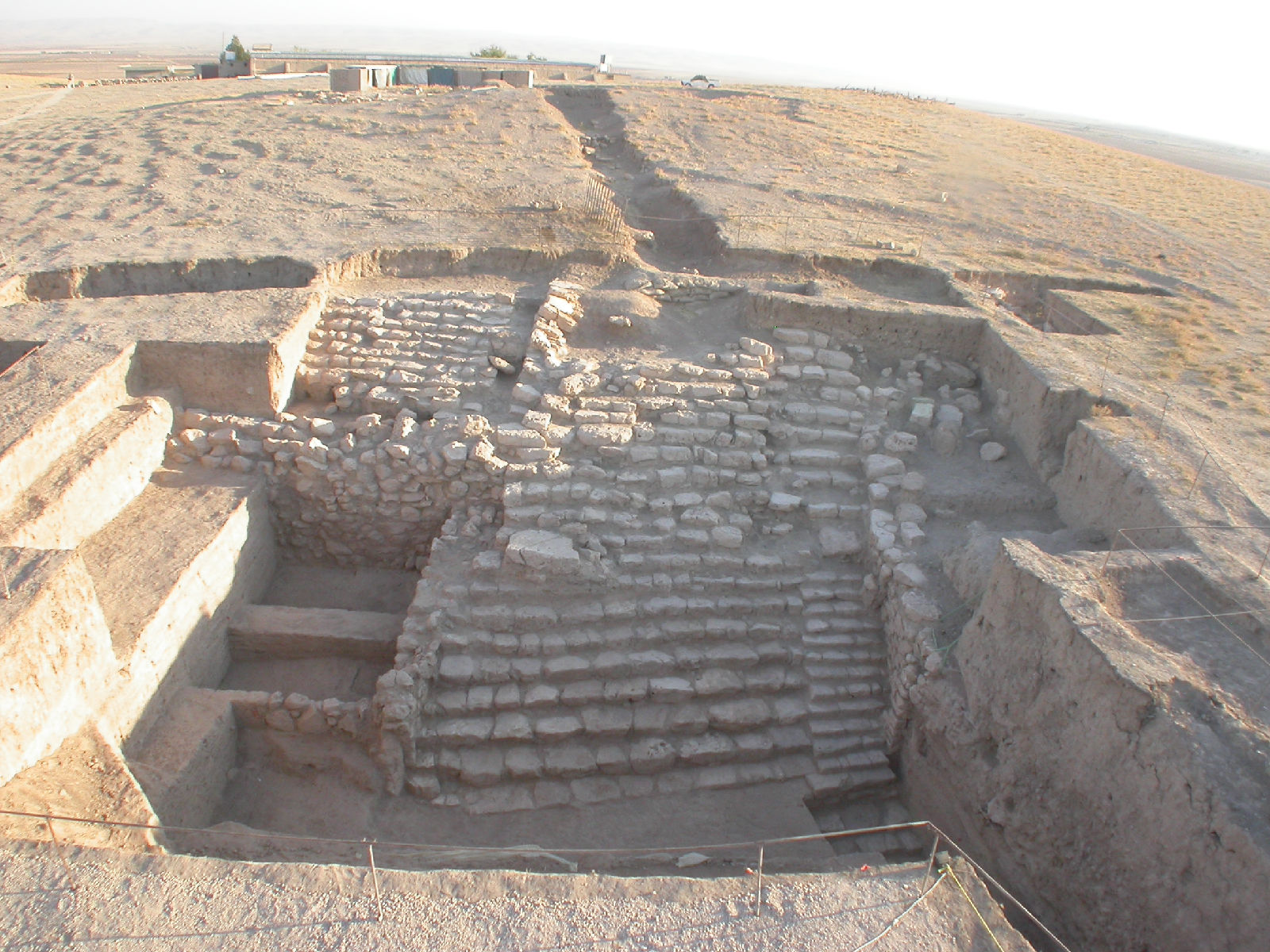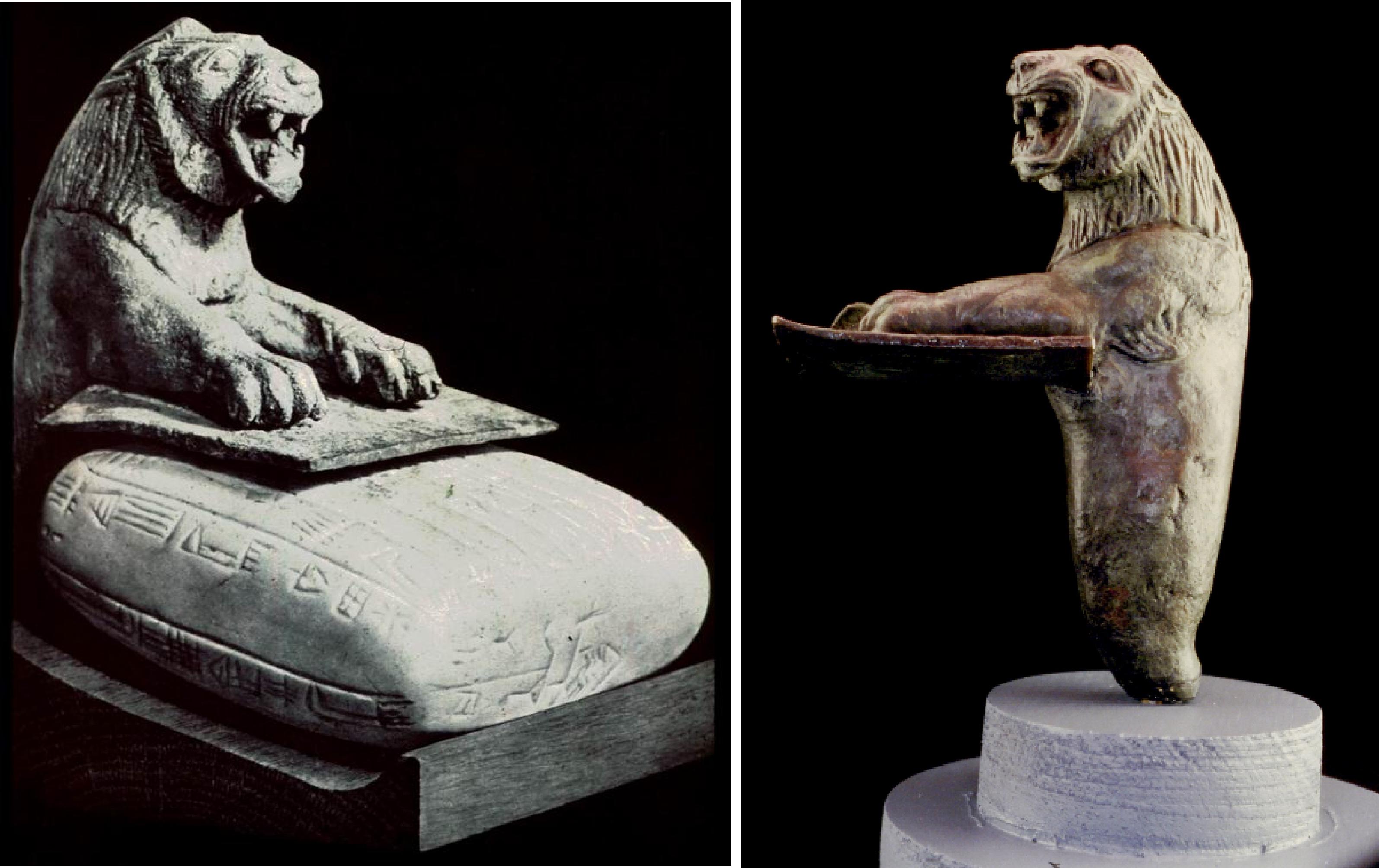Back to top: The Plaza and the Temple Terrace
.ppt files
Back to top: The Plaza and the Temple Terrace
Introduction
The presentation is divided into four parts, which are briefly summarized below.
I have chosen to give the text in written, rather than audio, format, to allow readers to follow at their own pace.
Back to top: The Plaza and the Temple Terrace
The monumental urban complex
| .ppt Review the overall arrangement of the structures that frame the Plaza and together constitute one of the largest third millennium urban complexes in Syro-Mesopotamia. |
 |
Back to top: The Plaza and the Temple Terrace
The revetment wall
| .ppt The Temple Terrace is bounded by a revetment wall some 3 m in height. It provided an arresting sight from the Plaza as one looked up at the Temple. |
 |
Back to top: The Plaza and the Temple Terrace
The monumental staircase
| .ppt The Temple glacis is accessed through a monumental staircase. Twenty-four steps are flanked a wide stone apron that frames the access and points to the heights where the god's house is found. |
 |
Back to top: The Plaza and the Temple Terrace
Historical inferences
| .ppt The Temple Terrace is one of the most outstanding, and explicit, monuments of Hurrian culture. We think that the lions of Tish-atal, the earliest known Hurrian text, were the foundation deposit for one of the phases of this great structure. |
 |
Back to top: The Plaza and the Temple Terrace